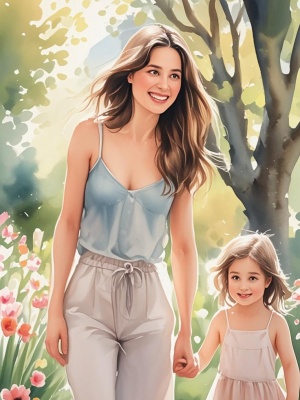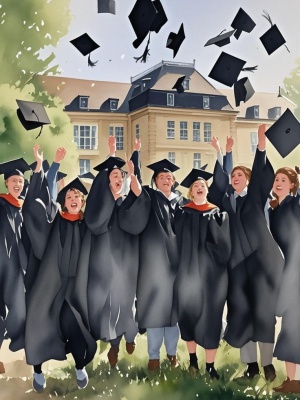The Art of Landscape Watercolor Pictures: A Comprehensive Guide
Introduction
Landscape watercolor pictures have captivated artists and art lovers for centuries. The delicate interplay of water and pigment creates ethereal, dreamlike scenes that evoke emotion and beauty. Whether you're an aspiring artist or an admirer of fine art, understanding the techniques and history behind landscape watercolor paintings can deepen your appreciation for this timeless medium. In this article, we'll explore the key aspects of landscape watercolor pictures, from their historical roots to modern applications.
The History and Evolution of Landscape Watercolor
From Ancient Origins to Modern Mastery
Watercolor as an artistic medium dates back to ancient civilizations, but it wasn't until the Renaissance that landscape watercolor pictures gained prominence. Artists like Albrecht Dürer pioneered the use of watercolors for landscape studies, demonstrating the medium's versatility in capturing nature's beauty. By the 18th and 19th centuries, watercolor landscapes became particularly popular in England, with artists like J.M.W. Turner elevating the medium to new heights.

Contemporary Landscape Watercolor Techniques
Today, landscape watercolor pictures continue to evolve with new techniques and styles. Modern artists combine traditional methods with innovative approaches, such as:
- Wet-on-wet technique for soft, blended effects
- Dry brush methods for textured details
- Layering transparent washes for depth
- Incorporating mixed media elements
Creating Your Own Landscape Watercolor Pictures
Essential Materials and Setup
To begin creating landscape watercolor pictures, you'll need quality materials. Invest in artist-grade watercolor paints, proper brushes (round and flat varieties), and 100% cotton watercolor paper. According to Handprint's comprehensive watercolor guide, the quality of your materials significantly impacts your results.
Step-by-Step Process
- Start with a light pencil sketch of your landscape composition
- Apply initial washes for sky and distant elements
- Build up middle ground with layered colors
- Add detailed foreground elements last
- Use negative painting techniques to define shapes
Common Challenges and Solutions
Creating beautiful landscape watercolor pictures comes with its challenges. Here's a problem-solution matrix to help artists overcome common obstacles:
| Problem | Solution |
|---|---|
| Muddy colors | Limit color mixing to 2-3 pigments |
| Overworked paper | Work quickly and let layers dry completely |
| Flat compositions | Use atmospheric perspective techniques |
| Uncontrolled blooms | Manage water-to-pigment ratio carefully |

Digital Landscape Watercolor: The AI Revolution
With advancements in technology, digital tools now offer new possibilities for creating landscape watercolor pictures. AI-powered platforms like MediaAI's AI painting guide demonstrate how artificial intelligence can assist artists in generating watercolor-style landscapes. These tools can:
- Convert photographs to watercolor-style images
- Suggest color palettes based on master works
- Help with composition and perspective
- Provide digital brushes that mimic real watercolor effects
Conclusion
Landscape watercolor pictures represent a beautiful marriage of artistic skill and natural inspiration. Whether created traditionally or with modern digital tools, these artworks continue to capture the imagination of viewers worldwide. For those interested in exploring more artistic techniques, visit our gallery page to see stunning examples of landscape watercolor pictures. Remember, mastering watercolor landscapes takes practice, but the journey is as rewarding as the destination.
As you embark on your watercolor journey, consider experimenting with different scenes from our landscape collection for inspiration. The world of landscape watercolor pictures offers endless possibilities for creative expression.